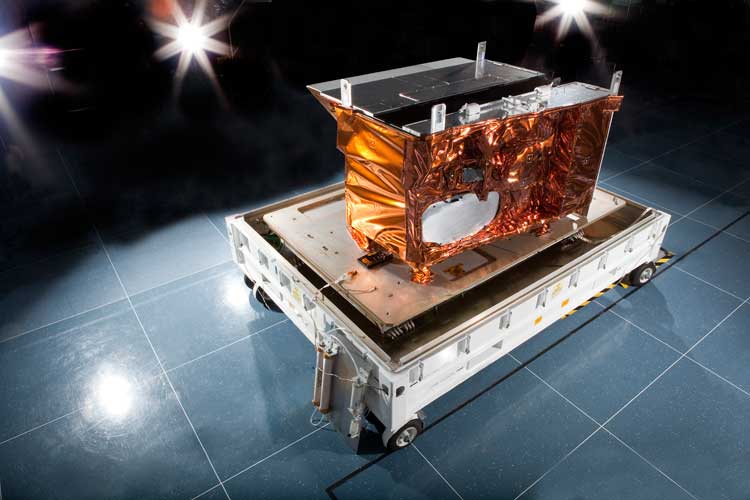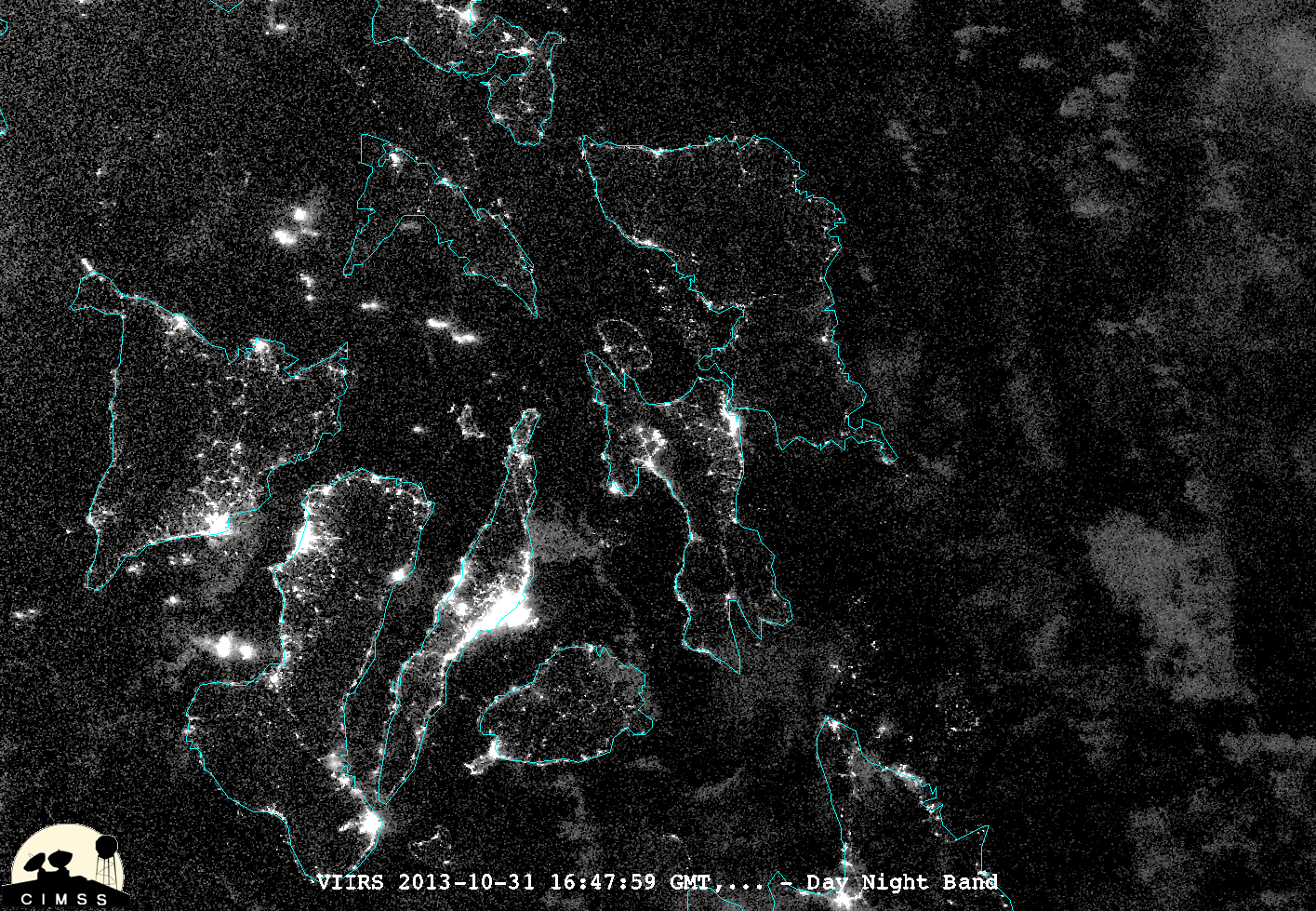Looking to the Future
New climate action policies since Yolanda
Since Yolanda struck, the Philippines has used numerous policy tools to
increase disaster resilience and climate action. For example, in 2021, the Philippines committed
to one of the most ambitious Nationally Determined Contributions (to act on climate in response
to the Paris Agreement) in Southeast Asia: a 75% reduction of national emissions from 2020 to
2030 (Republic of the Philippines, 2021; USAID, 2023). It aims to achieve this commitment
primarily by increasing the share of national energy consumption derived from renewable
sources (USAID, 2023). In addition, in November 2023, the country’s legislature proposed The
Climate Accountability Act (CLIMA) which would hold corporations responsible for their contributions to climate change (Bradeen et al., 2023). CLIMA would be the first in the world to
create a national loss and damage-focused legal framework (Bradeen et al., 2023).
The Philippines is not meeting its commitment to climate action
However, the Philippines is so far not on track with its Nationally Determined
Contribution (Climate Analytics, 2021; Climate Action Tracker, 2023), and the nation continues
to experience vulnerability to the accelerating climate crisis. It is clear that international
assistance will be necessary for the Philippines to meet its emissions target (Climate Analytics,
2021), yet in the aftermath of Yolanda, a disconnect between the national government and local
governments led to mismanagement and poor distribution of aid (Eadie, 2019; Salazar, 2015).
Increased communication and collaboration between levels of government is crucial in
optimizing disaster and climate response going forward, particularly in acute situations such as
directly following a typhoon.
Remote sensing for disaster response
Remote sensing data, such as Black Marble imagery, can be used to
aid in these cross-cutting environmental efforts. Black Marble nighttime lights data can serve as
a preliminary assessment for utilities and local governments of electricity outages after a storm,
and can help prioritize support (Román et al., 2019). In addition, remote sensing data can be
integrated into climate and storm early warning systems to alert and prepare households and
communities in case of emergency (Bello & Aina, 2014). In this project, we’ve demonstrated a
municipal-level use case of Black Marble data that could be applied to such early warning
systems or outage assessments.






